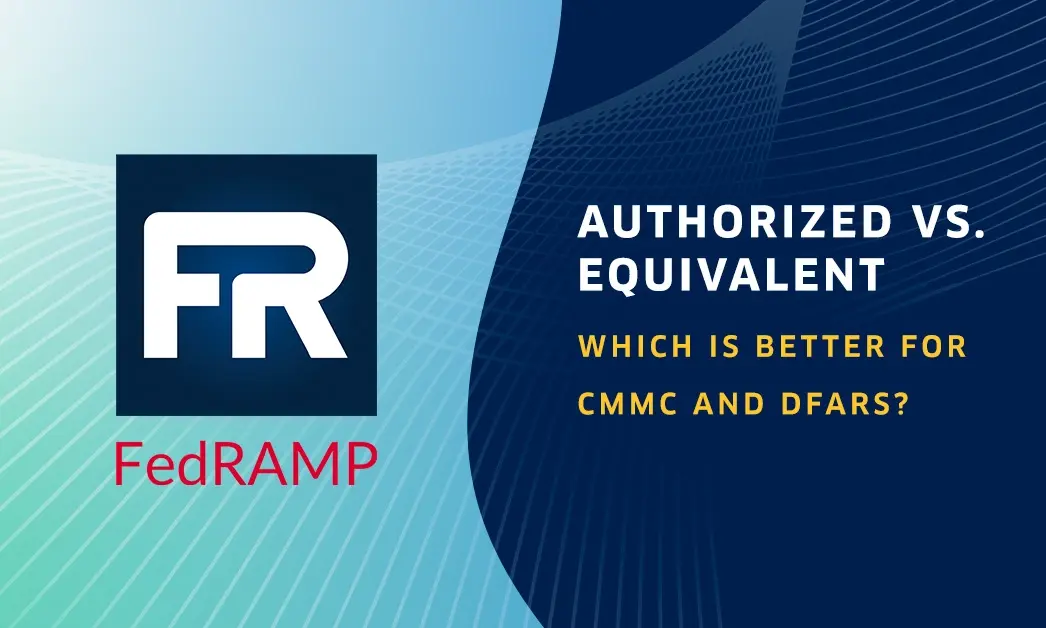TABLE OF CONTENTS
See Virtru In Action
Sign Up for the Virtru Newsletter


You might be wondering how to balance IT security priorities, move data and workloads into the cloud, and keep business operations running. All while maintaining consistent data privacy and security. After all, without the right technology in place, there’s the risk of being breached; and the consequences have major implications on the health of your organization. Aside from the potential financial loss, you could suffer from brand erosion, reputational damage, downtime and the exposure of confidential company information. This could impact not only your bottom line but also valuable relationships with customers and partners.
But this isn’t stopping enterprises from cloud adoption. Instead, organizations are taking a data-centric approach to data protection in the cloud. Why? The top reasons are:
Being skeptical of managing your data in the cloud is okay. When it comes to really protecting your data—before, during or after a cloud migration—securing the communication layer in your environment isn’t enough. You have to protect the data itself to ensure persistent and perpetual control of it.
Only 9.4% of cloud providers encrypt data once it’s stored at rest in the cloud, leaving it vulnerable to unauthorized access and data breaches.
Data can be your most valuable asset or your biggest liability. Do you know who, inside your organization, has access to it? According to cross-industry research, more than 70% of employees have access to data they should not. This increases the likelihood of a breach, leads to rogue data sets propagating in silos, and results in IT security leaders that are unaware of the potential points of exposure.
Managing this risk with data-centric protection is possible though, and access controls and encryption are the two keys to success.
85% of organizations indicate that the ability to limit access to only those who require the data, or those whom they are sharing it with, is the most critical capability of data-centric protection. With proper control, organizations can audit access, revoke or expire messages, control forwarding and watermark documents for additional security.
79% of organizations say that encrypting data stored in the cloud—both in motion and at rest—is mission-critical when it comes to executing data-centric protection. Encryption, combined with access control ensures that your data is unreadable to everyone other than your intended recipients.
There’s a lot to love about the cloud, but it is not perfect. Data breaches still happen in organizations operating in the cloud, so adding additional layers of security is critical. Data is the lifeblood of your organization and protecting it at all times, whether in the cloud or on-prem, is absolutely essential.
You can take back control of your data in the cloud by using a solution that takes a data-centric approach to cloud security. Consider a solution that protects your data at all times, not just at rest. Used properly, data-centric protection gives organizations the opportunity to enjoy the benefits of being on the cloud, without putting sensitive data at risk.
Data is personal, confidential, and critical to the success of your business. Learn more about managing your data in the cloud and speak to one of our experts.

The editorial team consists of Virtru brand experts, content editors, and vetted field authorities. We ensure quality, accuracy, and integrity through robust editorial oversight, review, and optimization of content from trusted sources, including use of generative AI tools.
View more posts by Editorial Team










Contact us to learn more about our partnership opportunities.